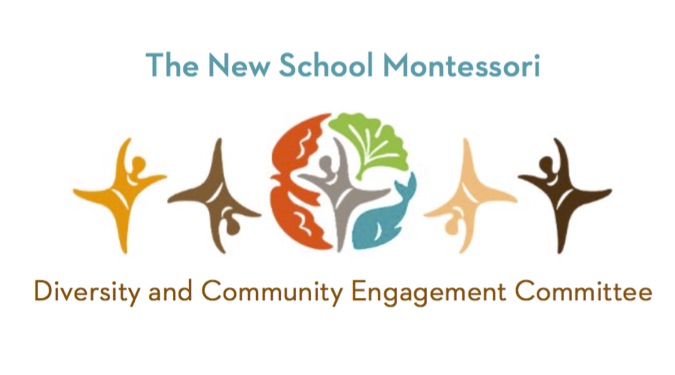“Simply said, you make soul by living life, not by retreating from the world into ‘inner work’ or beyond the world in spiritual disciplines and meditation removes …. [but rather by leaving behind] the Cartesian split between inner and outer—good soul inside and the world, the flesh, and the devil outside ….”
—James Hillman, We’ve Had a Hundred Years of Psychotherapy—and the World’s Getting Worse
Essay written by Diversity + Community Engagement co-chair Claudia López
As a coach, facilitator, organizational development consultant, yoga and mindfulness teacher, I am constantly immersed in goodness. I often participate in conversations that feed my soul and feel good.
However, recently I became aware of uneasiness about all this.
How much of the systems of oppression and patriarchy am I upholding with all the feel-good stuff I practice and share?
COVID has brought, among many other things, the Great Resignation. According to Microsoft’s 2021 Work Trend Index, more than 40% of the global workforce is considering quitting their job in 2021. It’s been like a pandemic epiphany. People are awakening to the need and possibility of a better life.
This awakening is messy. It needs to be messy. And what I need to do is to accompany the process instead of deploying my arsenal of feel-good instruments and techniques to appease the situation.
We are at a threshold, and we need to recognize it as unknown territory, stay with its discomfort, and not run away towards what feels good, normal (new or old), comfortable.
It is my responsibility to accompany these processes and hold space for difficult conversations with the conviction that we’re not going back to where we came from. We can’t.
For me, this work is about re-membering the self into the collective soul. Psychologist Mary Watkins talks about the hoarding of the soul within interiority as serving a “defensive function, protecting us from the tragedies and travesties in our midst.”
Sitting in meditation can feel like an excruciating practice in the beginning. After a while, meditation can become a very relaxing activity—a space that feels sacred and individual. However, this practice is incomplete if we don’t take it with us out into the world—the world that holds the tragedies referred to by Watkins.
And I think there’s a distinction to make between coping and thriving. Many of us meditate or do other personal practices to keep our heads above water. The proliferation of meditation apps seems like a mechanism that allows us to continue in the rat race without totally collapsing. This coping connects to Watkin’s sense of hoarding of the soul.
Personal work is about thriving. A plant, for example, thrives, flourishes, and prospers because it has life in it, and at the same time, this life is dependent upon non-plant elements, like the soil, water, sun.
The life of a hermit, a nun, or monastic has always attracted me. My name, Claudia, comes from claudere, from which the word cloister derives. However, I have always been drawn to those who bring spiritual practices down to earth and out of the monastery; for example, Thich Nhat Hanh’s engaged Buddhism, which he describes as a way to address the needs of society. He makes (Buddhist) spiritual practices easy to understand, relate to, and apply in daily life.
How to Find My Soul in the Soul of the World
On the one hand, I treasure my daily spiritual practice and the rites I’ve created. It is a pillar in my life and a foundation for my day. However, all that soul needs to find the Animus Mundi, the soul of the world, beyond the clear individual delineation of the meditation cushion, the yoga mat, and the meditation app.
On the other hand, the spaces I regularly occupy, through my work and activities, offer me the possibility to find my soul in the soul of the world. My participation in the TNSM Diversity and Community Engagement committee is one of these spaces.
The work we do in the committee at times feels messy. In this work, we venture into discomfort, uncertainty, and fear as we dare to imagine ourselves as agents of change. Because to do that, we need to relinquish our need for control. This work brings us to the gates of plurality beyond, as social worker Jessica Dore puts it, “pairs of opposites — self and others, individual and collective, internal and external — there is diversity, plurality, and the overwhelming experience of connection.”
It is uncomfortable and confronts me at the intersection of belonging and welcoming the stranger, who we are, and who we choose to become. I’m reminded that life is a choice every step of the way. I’m so humbled and privileged to be on this committee with people who are asking themselves serious questions, which, I believe, it’s the only way to step through the threshold now.
Diversity and Community Engagement for me go hand in hand. They cannot be an afterthought once the “real” academic knowledge is covered. Diversity and community engagement need to inhabit the spaces we inhabit. They need to inhabit our TNSM campus, our envisioned Kaleidoscope structure. How are we doing this?
Does your family observe a tradition or cultural holiday that you’d like to share with the TNSM community? Do you have a passion for or expertise in a certain area of DEI? The D&CE committee is always looking for books, resources, and classroom speakers to help deepen the cultural competency of our school community. Please reach out to us via email diversity@…

